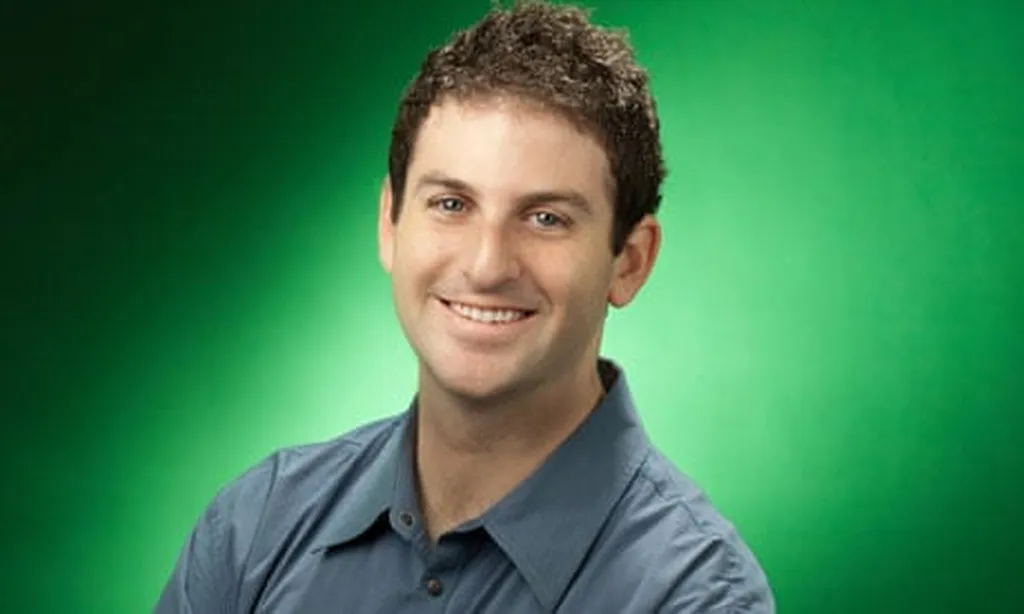In a groundbreaking study published in *Frontiers in Veterinary Science* (which translates to *Veterinary Science Frontiers*), researchers have developed a method to assess feline body condition score (BCS) through photographs, potentially revolutionizing remote veterinary consultations and large-scale health studies. Led by Emily C. Graff from the Department of Pathobiology at Auburn University’s College of Veterinary Medicine, the research addresses the critical need for accurate, accessible tools to monitor feline health, particularly in diagnosing obesity and weight loss.
Body Condition Score (BCS) is a vital tool in veterinary medicine, used to evaluate a cat’s body weight and fat mass. Traditionally, BCS is assessed through palpation—a hands-on examination by a veterinarian. However, this method can be challenging to scale, especially in remote or resource-limited settings. Graff and her team sought to determine whether BCS could be accurately assessed from photographs alone, and to measure the inter-evaluator bias in visually assessed BCS.
The study involved two key phases. First, a set of online-sourced cat images was administered as a quiz to nine evaluators. The results showed relatively low inter-evaluator bias, with about 50% complete agreement among the evaluators. To validate these findings, the team then clinically assessed the BCS of 38 cats during routine wellness exams. One evaluator performed the palpation, while all nine evaluators assessed the cats’ BCS using photographs taken during the exam. The visual assessment deviated slightly from the clinically assessed BCS, but the majority voting among all evaluators achieved the highest accuracy, demonstrating its effectiveness in reducing evaluator bias.
“Inter-evaluator bias caused a 15.5% misclassification between ideal and overweight BCS, but only 1.8% between ideal and obese, indicating minimal bias in diagnosing feline obesity,” Graff explained. This finding is particularly significant as it highlights the reliability of photographic assessments in diagnosing obesity, a growing concern in feline health.
The implications of this research are far-reaching. The ability to accurately assess BCS through photographic evaluation will enhance remote consultations in telemedicine, making veterinary care more accessible to pet owners and supporting large-scale epidemiological studies. As Graff noted, “This study has developed a method for evaluating and minimizing inter-evaluator bias in BCS assessments across diverse practitioners and settings, thereby improving consistency and comparability.”
For the veterinary and pet care industries, this research opens new avenues for innovation. Telemedicine platforms can now incorporate photographic BCS assessments, providing a more comprehensive and accurate remote diagnostic tool. Additionally, large-scale health studies can leverage this method to gather more consistent and comparable data, ultimately improving our understanding of feline health and nutrition.
As the field of veterinary medicine continues to evolve, the integration of technology and data-driven approaches will play a crucial role in enhancing animal care. Graff’s research is a testament to the potential of these advancements, paving the way for more accurate, accessible, and consistent veterinary assessments. With the growing trend towards telemedicine and remote consultations, this study offers a timely and impactful solution to a longstanding challenge in feline health care.

